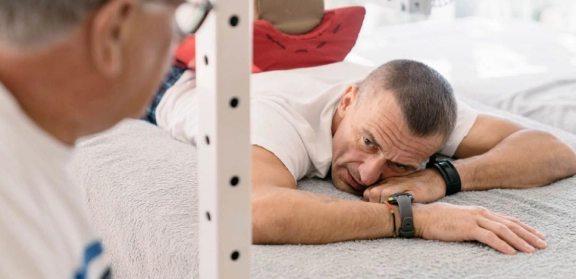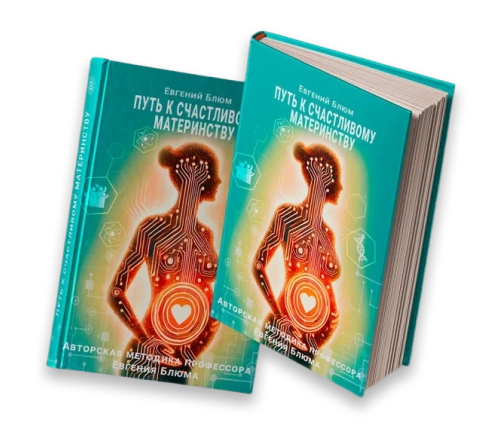Rehabilitation and Recovery After Ankle Dislocation
OUR MEDICAL STRATEGY
Professor Blum’s proprietary rehabilitation system was developed at the intersection of biology, mechanics, and physics. The method makes it possible to restore tissue architecture and joint geometry, optimize blood supply, innervation, and synovial fluid production, thereby restoring the joint and the overall function of the limb to its original level, returning the patient to an active, unrestricted life, and often avoiding the need for surgical intervention.
FOR WHICH TYPES OF ANKLE LIGAMENT INJURIES IS REHABILITATION POSSIBLE?
- In ankle sprain
- In ankle strain/tear
- In partial rupture of the ankle joint ligaments
Patients usually come to our Center within the first few days, when it is still possible, through proper physical intervention, to eliminate most symptoms and avoid surgical intervention.
We also help restore mobility and eliminate residual negative effects in severe cases with longitudinal or transverse rupture of the ankle ligaments, when surgery has already been performed but the joint is not functioning as it did before. Rehabilitation and rapid restoration of ankle joint function are especially important after a sports injury, when every day is critical for an athlete’s career.
GENERAL DESCRIPTION OF THE PROBLEM
An ankle dislocation is a severe injury — a displacement of the articular surfaces of the bones forming the joint: the tibia, fibula, talus, and calcaneus. The joint is stabilized by the malleoli — projections of the tibia and fibula — which embrace the talus on both sides like a fork, as well as by the joint capsule and ligaments.
Each anatomical element contributes to the strength and stability of the joint, protecting it from dislocation while simultaneously supporting it during movement. On the outer side of the joint are the anterior and posterior talofibular ligaments and the calcaneofibular ligament; on the inner side is the deltoid ligament; and in the center is the interosseous syndesmosis. A dislocation is accompanied by stretching of the joint capsule, stretching, and partial or complete rupture of the ligaments. In rare cases, a complete dislocation occurs; more often, it is an incomplete dislocation or subluxation of the ankle joint, sometimes referred to as an «ankle dislocation» or «ankle sprain».
The injury presents with pain, swelling, hematoma, limited range of motion in the joint, and impaired walking. If the joint is not restored in time, the ligaments may heal improperly, leading to joint deformity and instability, and ultimately requiring surgical intervention.
Recovery at Professor Blum’s Center is based on an understanding of the injury mechanism and its biomechanics. A patented method is used, founded on biomechanical strategies, methodologies, and techniques, to carry out comprehensive rehabilitation: displacements of the joint bones are corrected, the proper alignment of the bones is restored, and joint congruence — the foundation of full joint movement — is reestablished.
The natural connective tissue stabilizers and deep muscular stabilizers are restored, allowing the joint to regain strength and stability. Intra-articular and periarticular pumping and drainage processes are enhanced, quickly eliminating swelling and hematoma, restoring normal blood circulation, lymphatic outflow, and movement of synovial fluid, as well as improving innervation. This relieves pain and restores the joint’s mobility and unrestricted movement.
Comprehensive rehabilitation after an ankle joint dislocation should begin immediately after the injury or immediately following surgery. The earlier the restorative treatment is initiated, the better the outcome.
-
Maximum restoration of the biomechanical integrity of the joint
-
Restoration of the joint’s supporting function
-
Restoration of mobility and full range of motion
-
Elimination of scar tissue changes and adhesions
-
Restoration of body symmetry, geometry, and balance
-
Elimination of compensatory asymmetries in adjacent joints
Objectives of the program
-
Restore tissue architectureTo restore the tissue architecture, integrity, and geometry of the damaged ligaments, tendons, and muscles, as well as the congruence of the joint and periarticular tissues.
-
Eliminate adhesionsTo eliminate post-traumatic and postoperative adhesions, scars, fibrotic growths, chronic inflammation, and degenerative–dystrophic changes
-
Restore joint mobilityTo restore joint movement, strengthen muscles, ligaments, and tendons, and improve strength, range of motion, and musculoskeletal balance.
PROPRIETARY METHOD
At the Center, diagnostics are carried out according to Professor Blum’s proprietary anatomical–morpho–functional system, taking into account the nature of the injury, the extent of damaged tissues, the presence of complicating factors, and the total time spent without movement. A personalized, comprehensive rehabilitation program is developed for ankle ligament sprains, partial tears, and complete ruptures, as well as after surgery on the ankle’s ligamentous–capsular apparatus, with clearly defined realistic goals and a calendar-based plan.
Precision is the first key to success. Treating an ankle joint injury is impossible without intensive mechanical stimulation of the damaged tissues. At the same time, movement and stimulation, if performed incorrectly, may not heal but instead cause even greater harm. Sometimes the difference between correct and incorrect mechanical stimulation is only a few millimeters or just a few degrees.
Our equipment has such precise settings and such an extreme level of adjustability that we can tailor it to any person, any joint, any range of mobility, and any mode of impact to achieve the intended result
The Center uses patented rehabilitation module-trainers that selectively target the injured joint tissues, improving blood supply and microcirculation, and creating the necessary conditions for proper healing and restoration of the damaged tissues. Controlled, precisely directed, and gradually increased loading makes it possible to steadily and confidently eliminate pain and restore movement. Each patient works with a trained personal instructor who implements an individualized program under the direct supervision of Professor Blum.
Patient stories

Professor Blum’s Exclusive Rehabilitation System

For Your Convenience, the Sierra Blanca Resort Spa Hotel is Open on the Center’s Premises. The hotel is nestled in a cedar park at the foot of La Concha Mountain, offering stunning views of the sea, Gibraltar, and the African coast from its terrace.

Sierra Blanca Resort Spa Includes:
Select a program
- Personalized Health Recovery Programs
- Disease Prevention
- Customized Check-Up
Q&A
At our Center, we often see patients who have visited numerous doctors, received treatment in different countries, undergone more than one surgery — yet the pain and limited mobility persist. Over the years, complications can develop, and the secondary effects of the dislocation may impact the entire body, restricting normal life and causing the patient to lose hope for recovery. Of course, everything depends on the severity of the injury, previous treatments, and the overall condition of the body. To receive a detailed review of your case, schedule a free consultation with a Center physician.
Professor Blum's method restores inflow, outflow, and microcirculation, initiating blood flow through vessels and capillaries, enhancing the circulation of lymph and cerebrospinal fluid in and around the injury epicentre. This activates metabolism and the formation of new cells, reigniting the regeneration of nerve structures and reactivating dormant neurons. These processes are essential to reducing the growth of fibrous tissue and preventing the formation of cysts and cavities in the injury area, which could otherwise hinder further functional recovery. This approach maximises the restoration of functions during the main rehabilitation phase, which is, undoubtedly, the primary goal for our patients.
Yes, in some cases, relatives come to the Centre, meet with Professor Blum, discuss all questions, visit the hotel, inspect the accommodation conditions to prepare as much as possible for the patient's transfer from the hospital directly to us.
The cost of rehabilitation is 600 euros per day without accommodation, from 719 euros per day with accommodation in a standard double room at the hotel on the Centre’s premises. The exact duration and cost of the treatment course are determined after consultation with the doctor.
The most effective period in rehabilitation is considered to be the first 3-6 months after the injury. During this "rehabilitation window," the nervous system has a large reserve of recovery resources that need to be maximally utilised. The earlier rehabilitation is started after spinal cord and spinal injuries, the better the treatment results.
The post-traumatic rehabilitation process is divided into several stages:
- Specialist consultation.
Online consultation with a rehabilitation therapist: review of medical history, complaints, treatment results, determination of the duration and cost of the treatment course. If necessary, a plan for additional examination is developed. -
Determination of the rehabilitation plan.
Consultation with Professor Blum and a rehabilitation therapist.
Examination, biomechanical testing, diagnosis according to the proprietary system, determination of problems and their priority, development of an individual comprehensive rehabilitation program. -
Attendance at sessions.
In accordance with the developed program, the patient attends sessions at the Centre. The rehabilitation therapist evaluates the progress and adjusts the program. -
Finishing the treatment course.
Receiving recommendations and a set of exercises to do at home.
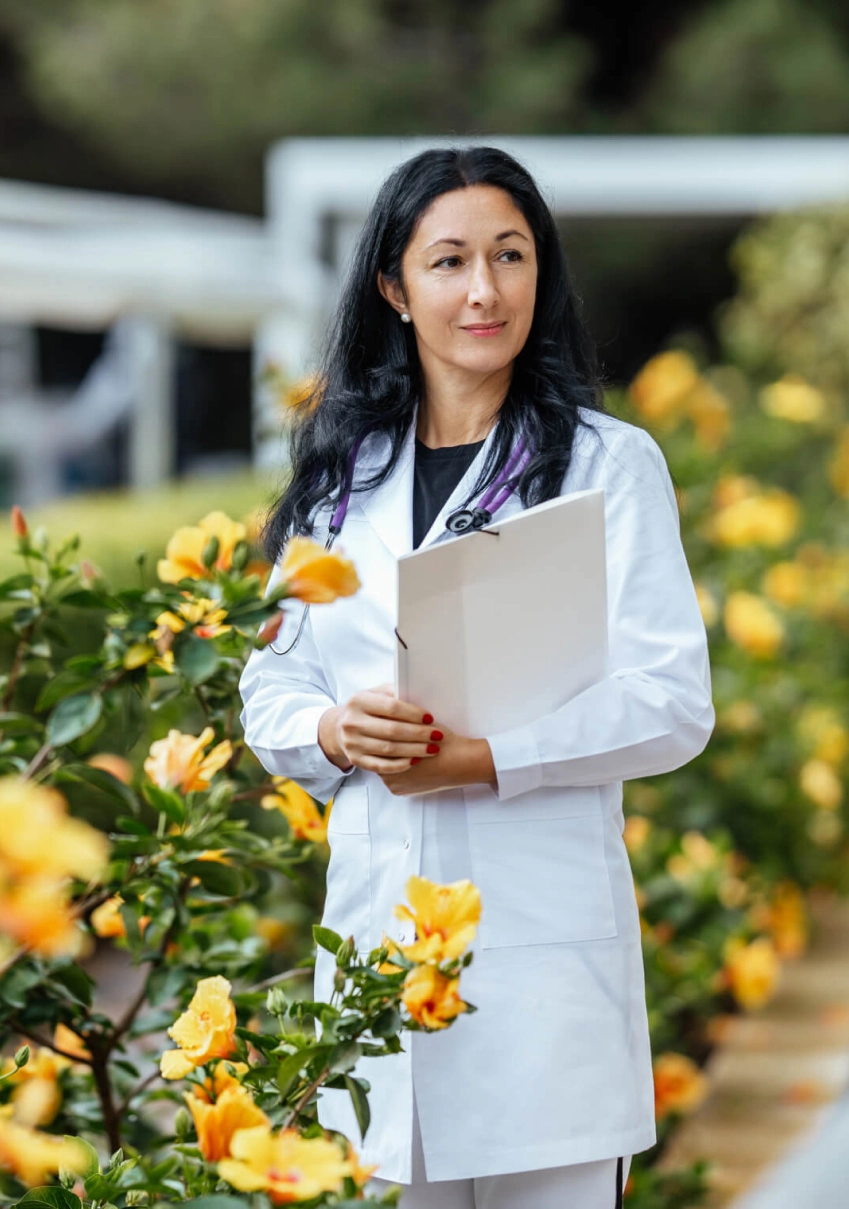
The cost of a course of treatment with a stay in a hotel
- Appointments and consultations
- Creating an individual program
- Conducting personal sessions
- Appointments and consultations
- Creating an individual program
- Conducting personal sessions
Other areas of work of our Center
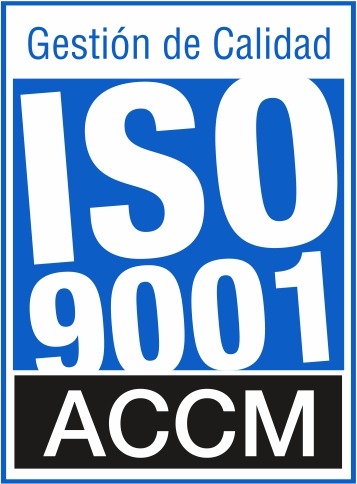






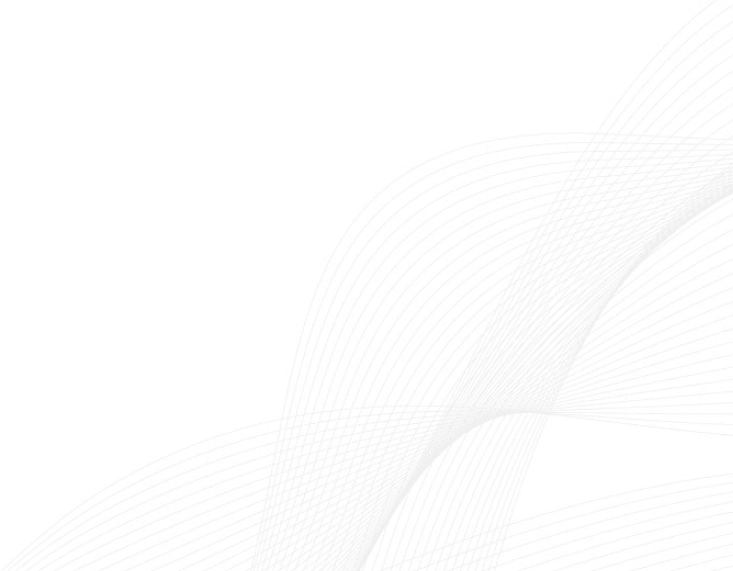
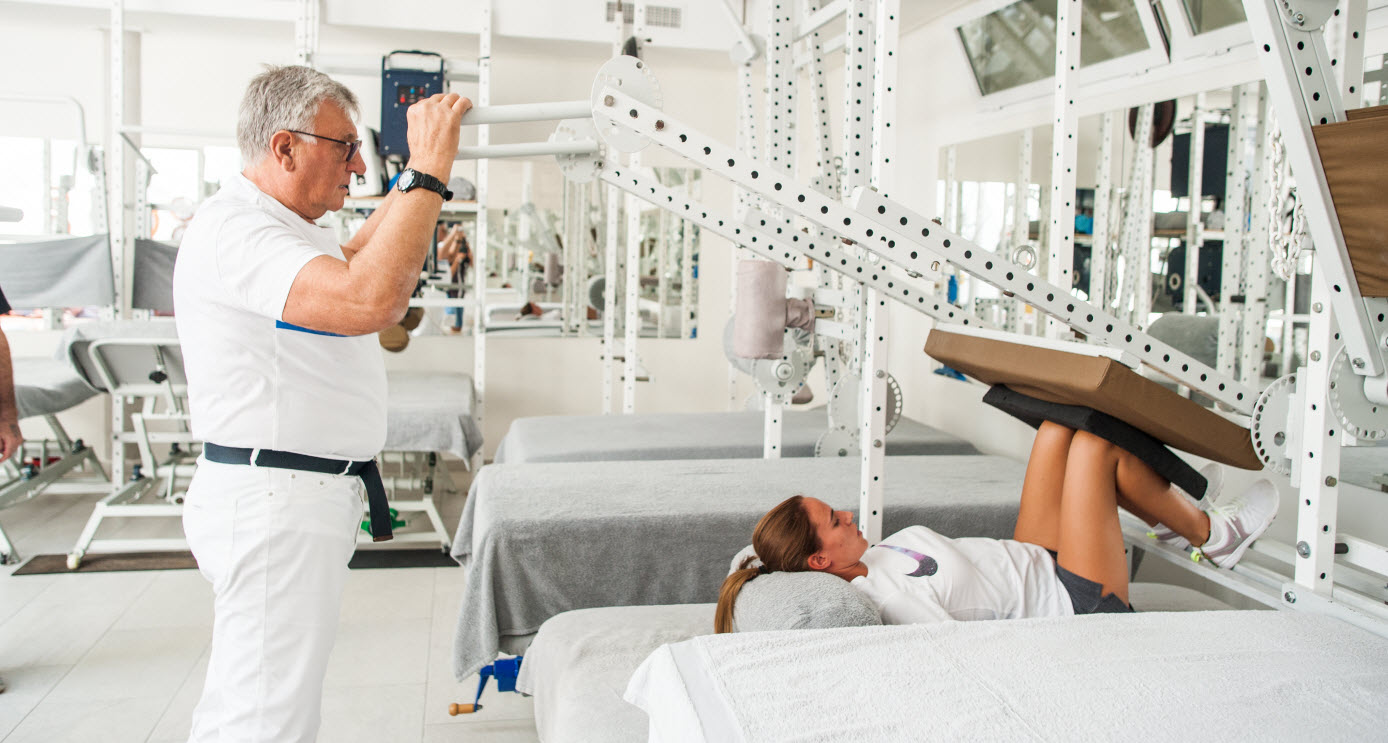


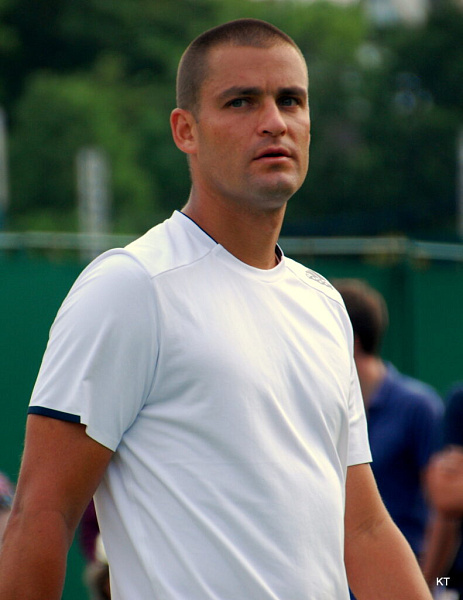
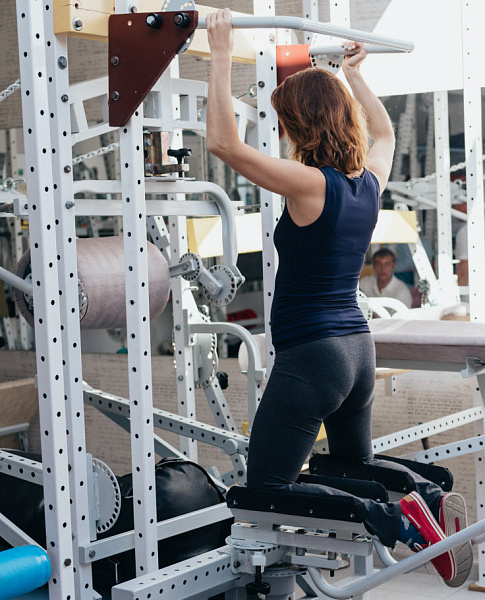


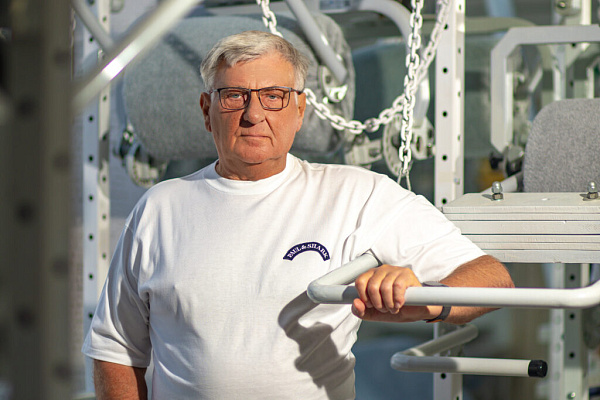

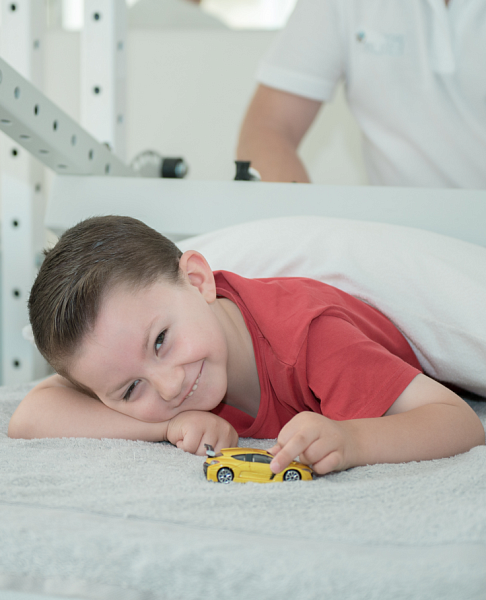

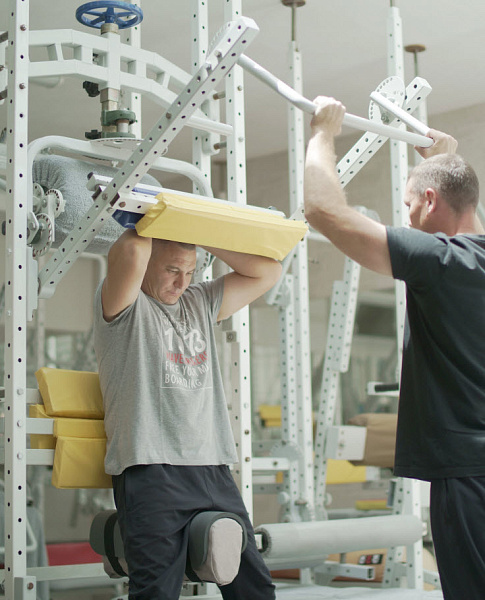
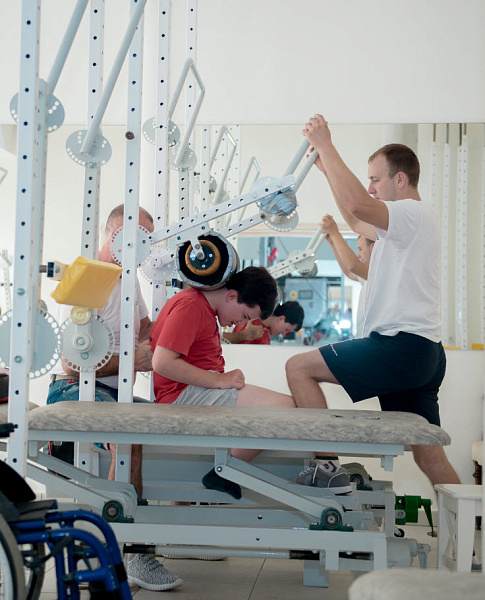
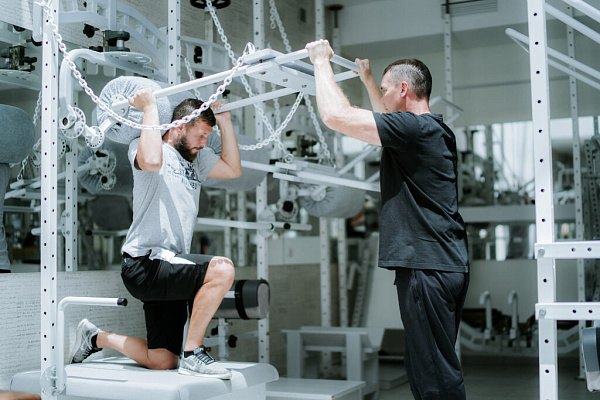
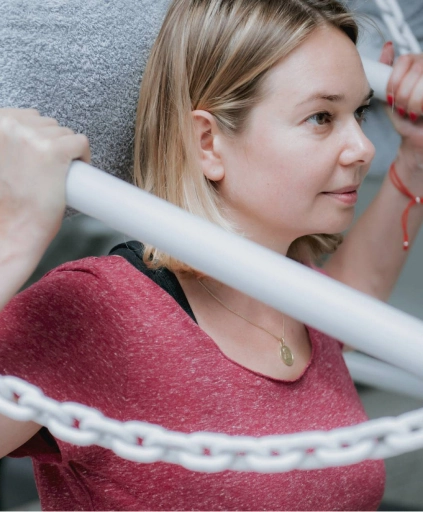


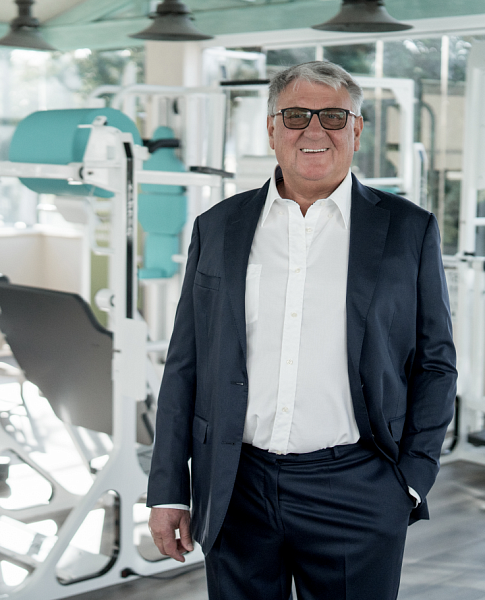

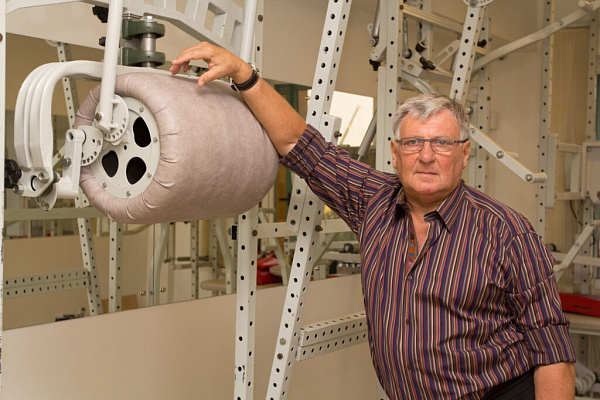

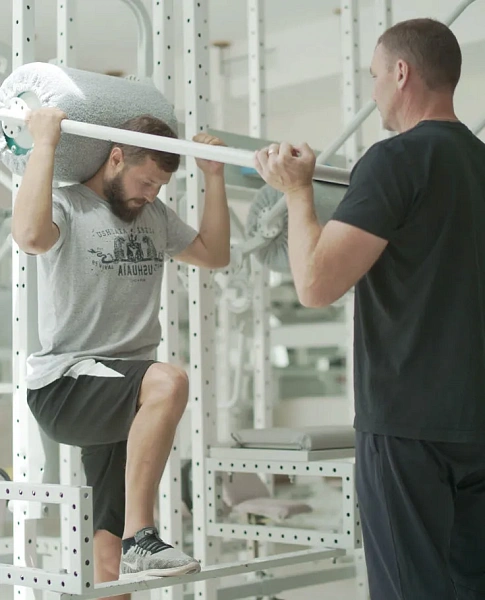


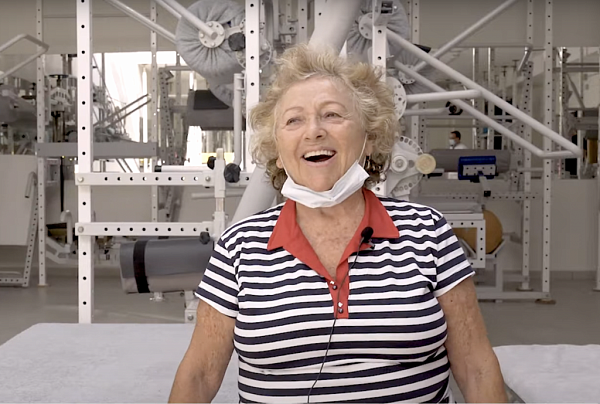


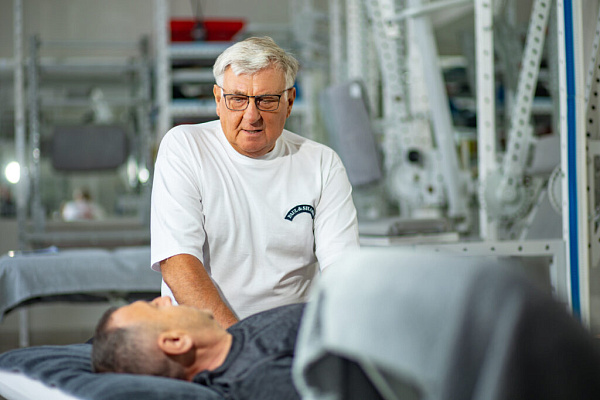





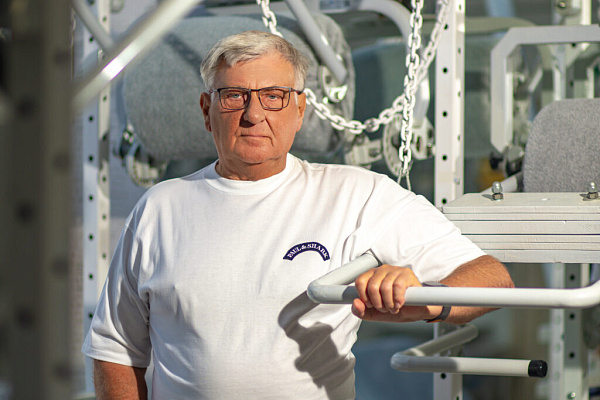
.webp)

